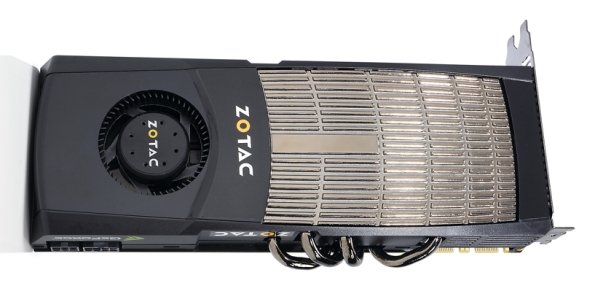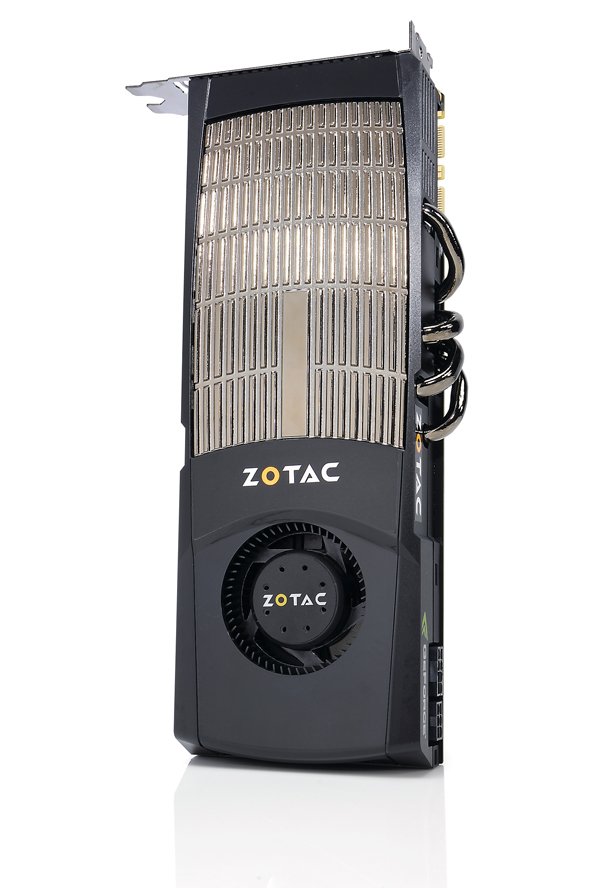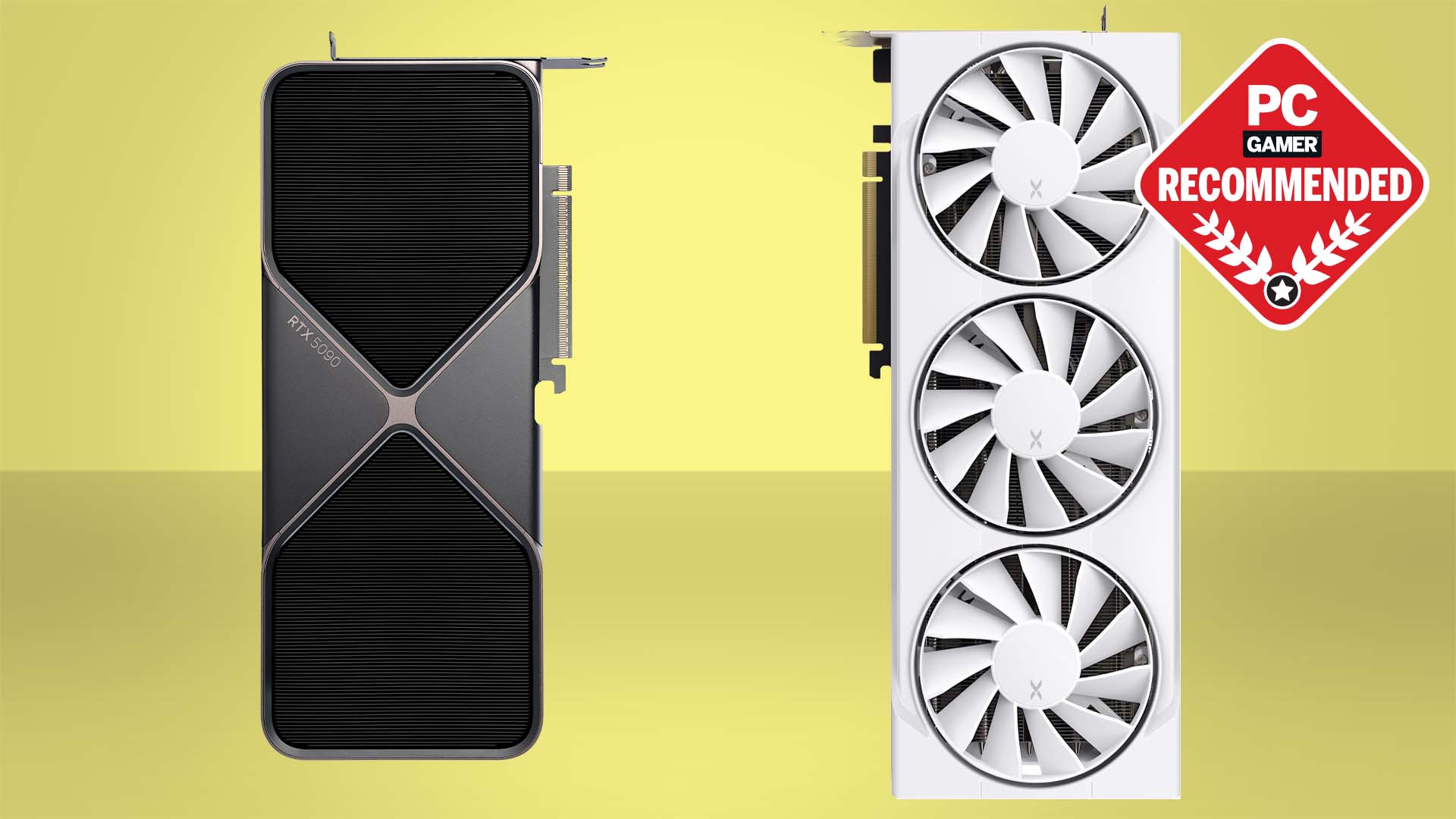

Individual processing units now come in groups of 32, each of which has four texturing units along with 'Polymorph Engine' logic support for DX11's cool new tessellation effects. Beyond that there's a massive 48 ROP (raster operation) units for post-processing and anti-aliasing.
In comparison to the current top-end GeForce GTX 285, the GTX 480 has twice the number of unified shader processors (480) and over three billion transistors, compared to 14,000 for the GTX285.
It's a massive step up in performance. The GTX 480 is the fastest single GPU card available today, and despite what you may have heard about power consumption, we had no problems running it in the current PC Gamer rig with its 600W PSU. It does require both an eight pin and a six pin molex, though.
Is it worth the money? If you're putting together a multi-monitor rig and want a single card that will play at obscene resolutions, then it may be your best choice. If you're using one screen, it's hard to argue that the performance is worth the £100 premium over an AMD rival.
There's a stronger case for the GTX480 if you're looking at the latest DirectX 11 scores. On the evidence of these benchmarks (most notably the Unigene Heaven test) the gap between Nvidia and the current Radeon cards grows when new effects like tessellation are turned on.
Whether or not you need the power the GTX480 can produce is questionable, but the fact that this is the first card to appear in a long while with a 20% performance lead over its closest competitor is something you have to credit Nvidia for. Even if you buy its cheaper cousin, the GTX470, which we'll review next month.
Adam Oxford
Keep up to date with the most important stories and the best deals, as picked by the PC Gamer team.
PC Gamer is the global authority on PC games—starting in 1993 with the magazine, and then in 2010 with this website you're currently reading. We have writers across the US, Canada, UK and Australia, who you can read about here.


